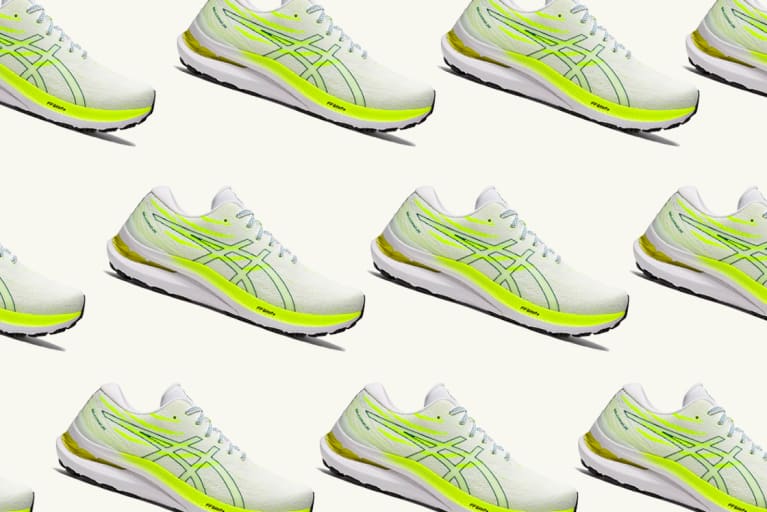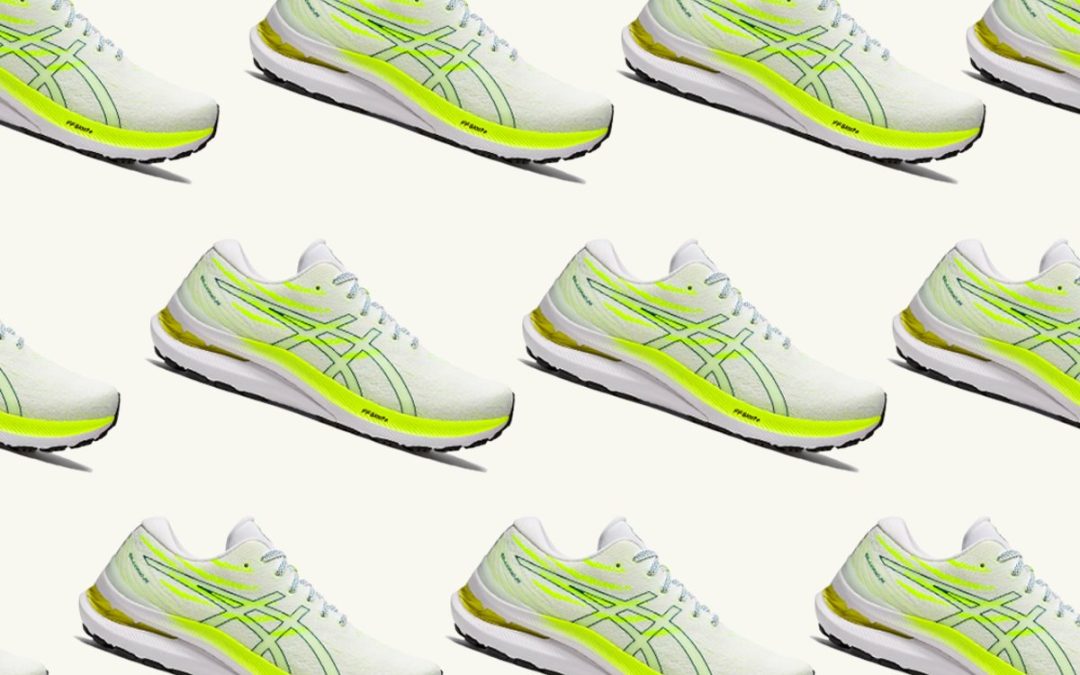
Our editors have independently chosen the products listed on this page. If you purchase something mentioned in this article, we may earn a small commission.
September 15, 2022 — 12:01 PM
Our feet work hard for us, and the least we can do is try to provide them some TLC in the form of comfortable, supportive shoes. That’s especially true if you have high arches, which can cause a range of issues including plantar fasciitis and ankle instability.
Whether you’re a runner or a walker or you work a job that keeps you on your feet all day, you need a shoe that can go the distance. Here are a few of our recommendations for the best walking, running, and everyday shoes for people with high arches.
What does it mean to have high arches?
The arch of your foot is exactly what it sounds like: it’s the curved area between the ball of your foot and the heel. We all have a natural arch to our feet, but the height of it can vary dramatically—you might have heard someone describe themselves as “flat-footed,” which means they have little to no noticeable arch.
When we spoke with holistic podiatrist Robert Kornfeld, DPM, he explained that high arches are defined by an excessively high angle between the forefoot (ball) and rearfoot (heel). This shortened angle can cause a few problems, including occasional pain, ankle instability, and increased risk of sprains.
“The majority of high-arched patients have a more rigid structure to their feet,” says Kornfeld. “Rigid-type feet are generally less capable of absorbing stresses, as it’s difficult for the foot to share and properly distribute weight.”
According to the American College of Foot and Ankle Surgeons, a high arch (also known as “cavus foot”) can be something you’re naturally born with, or you can develop it over time. Some folks with high arches only experience occasional pain or instability—however, high arches can sometimes be a side effect of a neurological disorder or medical condition, such as cerebral palsy, muscular dystrophy, or stroke.
What to look for in shoes for high arches:
Midfoot support: “In a rigid-type foot, the heel and forefoot absorb the shock while the midfoot does not,” says Kornfeld. “Shoes should help bring the ground up to meet the midfoot, providing arch support.” This will help your foot properly distribute weight across its entire surface, as opposed to just the heel and the ball.
Shock absorption: “Since a rigid foot does not absorb shock well, a well-cushioned shoe is essential to serve as a shock-absorbing interface between the foot and the ground,” Kornfeld adds. In other words, cushion is key.
Flexibility: “It’s also helpful for these patients to avoid very rigid shoes, since they can cause overuse of the calf muscles and can lead to achilles tendonitis and plantar fasciitis,” he says. Instead, go for something a bit more flexible.
How we picked:
Reviews
We read hundreds of reviews from people with high arches to make sure each shoe stands up (pun intended) to its supportive claims.
Construction
We took our expert’s recommendations to heart and focused on shoes that provide ample midfoot support, shock absorption, and flexibility.
Brand reputation
We stuck with brands you’ll know (plus, maybe some newer brands you should know) and trust.
Price
We know everyone’s budget is different—that’s why we included a wide range of price points, with a few picks that are more budget-friendly.
FAQ
What kind of shoes should you wear for high arches?
As our expert podiatrist explained, shoes for high arches should rise in the midsole to help bring the ground up to you (i.e. arch support). They should also be well-cushioned to help with shock absorption, and flexible to prevent overuse of your calf muscles, which can lead to achilles tendonitis or plantar fasciitis.
Is walking barefoot good for high arches?
According to our expert, on non-yielding surfaces such as concrete, asphalt, wood, tiles, or linoleum, barefoot walking will likely have a negative overall impact. On yielding surfaces such as grass and padded carpeting, walking barefoot is fine.
What does arch support do?
Arch support can help bring the ground up toward your midsole to evenly distribute weight across your whole foot while you stand or walk. This can help prevent overuse of the heel and ball of the foot, which can lead to pain and instability.
Whether you’re hitting the trail and need supportive hiking boots or you’re trying to keep your feet and joints happy through a long shift at work, the right pair of shoes can make a big difference in your overall foot health. If you have high arches, these are the best options for you.
https://www.mindbodygreen.com/articles/best-shoes-high-arches

